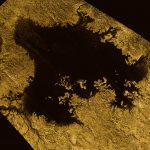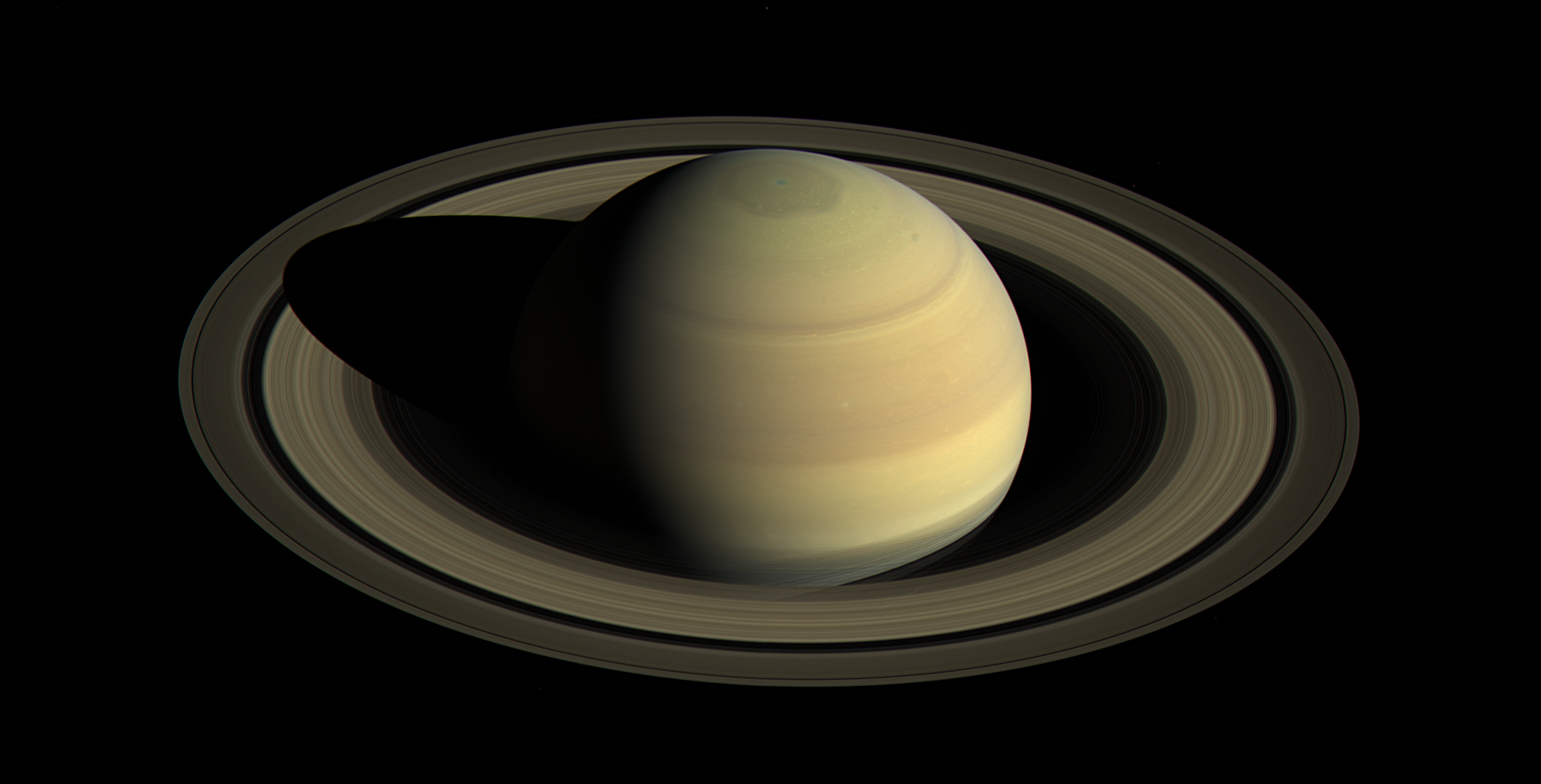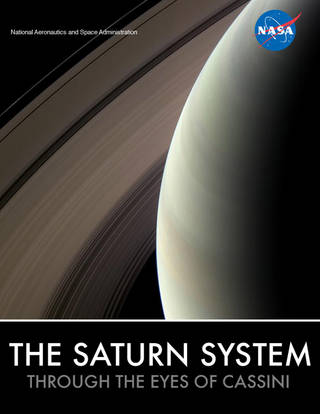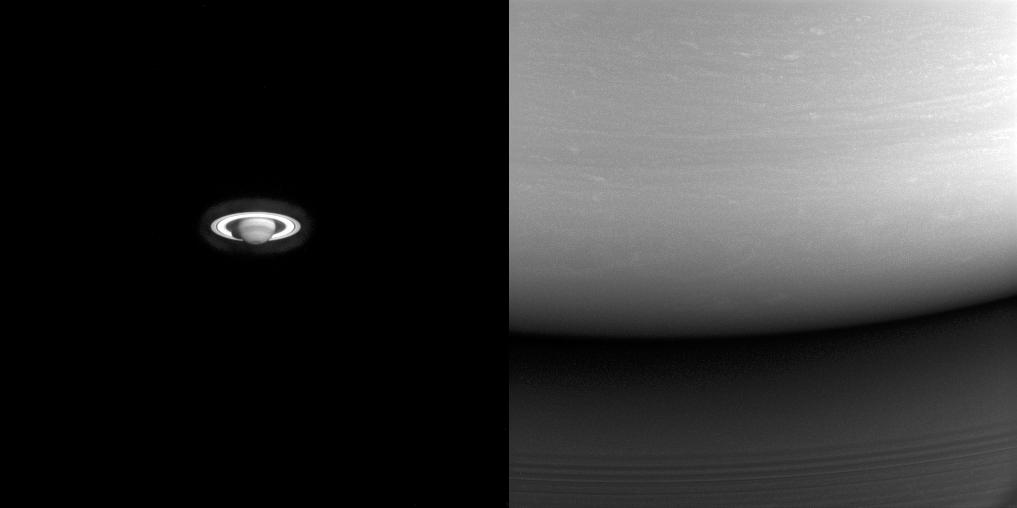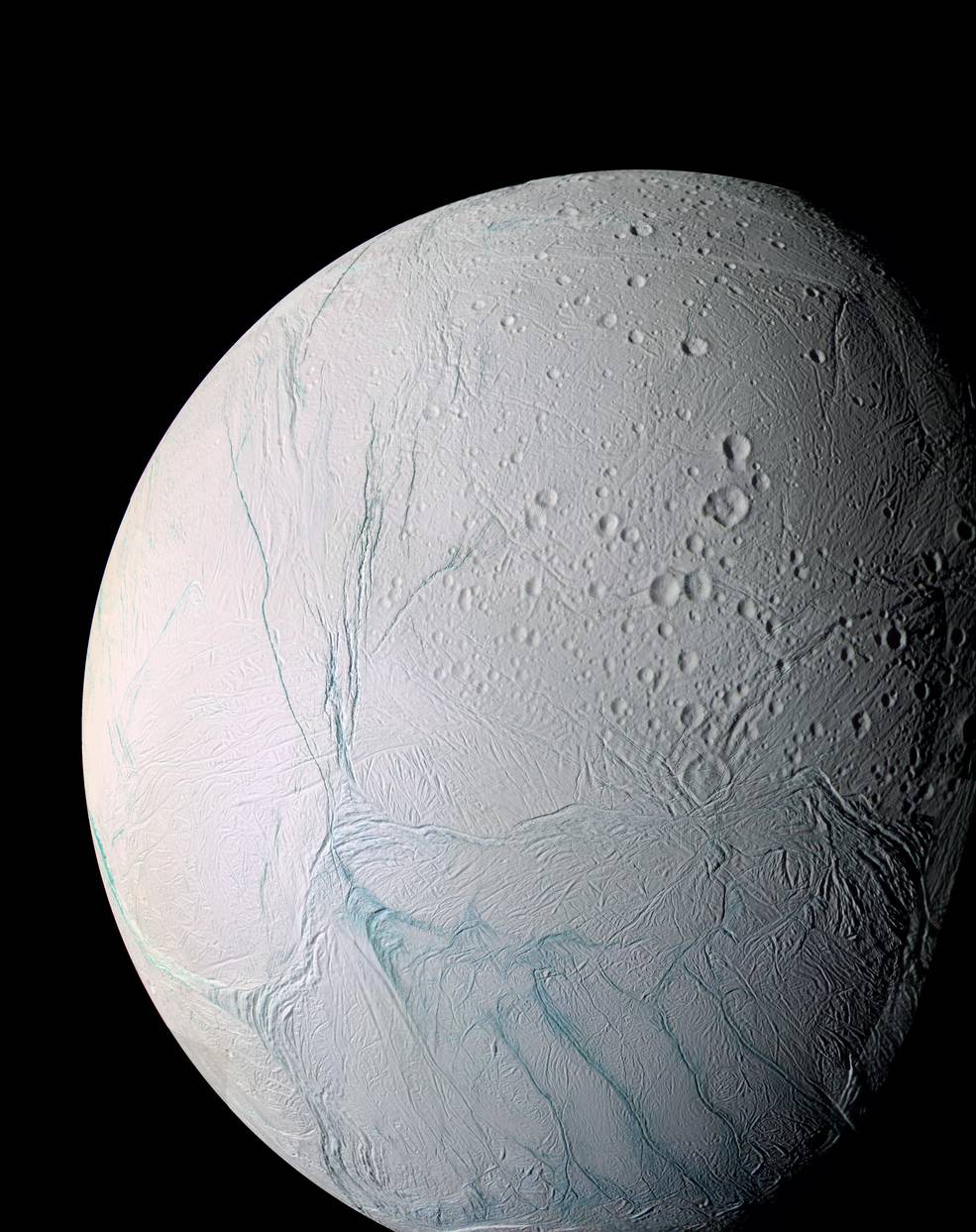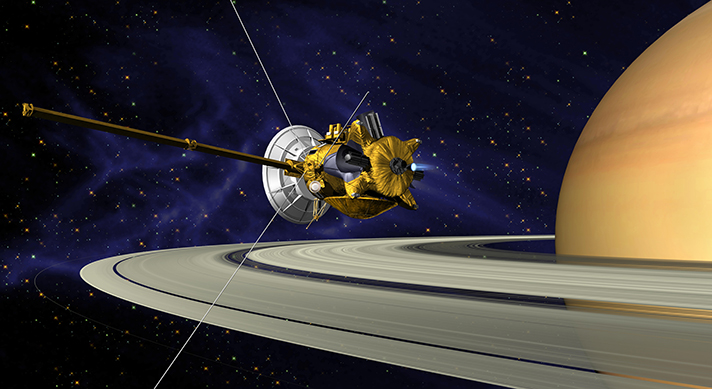NASAが新たな記事を公開しましたが、残念ながら画像そのものは古いものです。
それにどう頑張ってみても色がついてる程度で、虹のような色合いというには苦しいところです。
また特に新事実の公開でもありませんでした。
NASAのオリジナル記事
Gravity’s Rainbow
Saturn’s rings display their subtle colors in this view captured on Aug. 22, 2009, by NASA’s Cassini spacecraft. The particles that make up the rings range in size from smaller than a grain of sand to as large as mountains, and are mostly made of water ice. The exact nature of the material responsible for bestowing color on the rings remains a matter of intense debate among scientists.
Images taken using red, green and blue spectral filters were combined to create this natural color view. Cassini’s narrow-angle camera took the images at a distance of approximately 1.27 million miles (2.05 million kilometers) from the center of the rings.
The Cassini spacecraft ended its mission on Sept. 15, 2017
The Cassini mission is a cooperative project of NASA, ESA (the European Space Agency) and the Italian Space Agency. The Jet Propulsion Laboratory, a division of the California Institute of Technology in Pasadena, manages the mission for NASA’s Science Mission Directorate, Washington. The Cassini orbiter and its two onboard cameras were designed, developed and assembled at JPL. The imaging operations center is based at the Space Science Institute in Boulder, Colorado.
For more information about the Cassini-Huygens mission visit https://saturn.jpl.nasa.gov and https://www.nasa.gov/cassini.
The Cassini imaging team homepage is at http://ciclops.org.
Credit: NASA/JPL-Caltech/Space Science Institute
Last Updated: April 24, 2018
Editor: Tony Greicius
和訳
虹色に見える土星の環
この土星の環の画像は、NASAの土星探査機カッシーニが2009年8月22日に撮影したもので、微妙な色合いを呈しています。土星の環を構成する粒子の大きさは、砂の粒よりも小さいものから山ほど大きいものまであり、主に水の氷でできています。何の物資の性質により土星の環に色が付くのかについては、科学者の間で激しい議論となっているまま結論は得られていません。
この自然色のカラー画像は赤、緑、青のスペクトルフィルタを使用して撮影した画像を結合して作成したものです。カッシーニの狭角カメラは、土星の環の中心から約120万マイル(205万km)の距離で撮影しました。
土星探査機カッシーニは、2017年9月15日にその任務を終了しています。
以下参照情報
The Cassini mission is a cooperative project of NASA, ESA (the European Space Agency) and the Italian Space Agency. The Jet Propulsion Laboratory, a division of the California Institute of Technology in Pasadena, manages the mission for NASA’s Science Mission Directorate, Washington. The Cassini orbiter and its two onboard cameras were designed, developed and assembled at JPL. The imaging operations center is based at the Space Science Institute in Boulder, Colorado.
For more information about the Cassini-Huygens mission visit https://saturn.jpl.nasa.gov and https://www.nasa.gov/cassini.
The Cassini imaging team homepage is at http://ciclops.org.
Credit: NASA/JPL-Caltech/Space Science Institute
Last Updated: April 24, 2018
Editor: Tony Greicius


